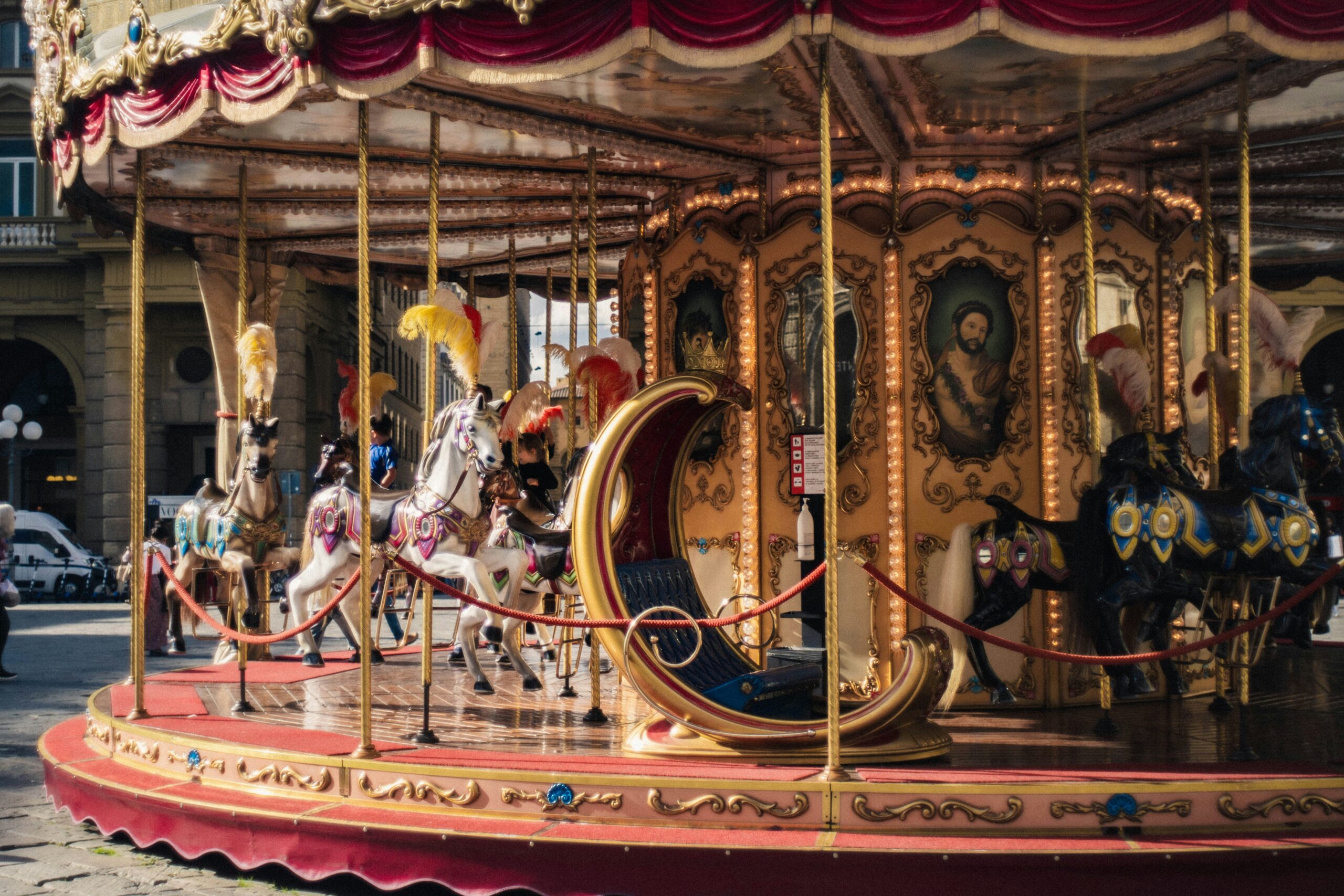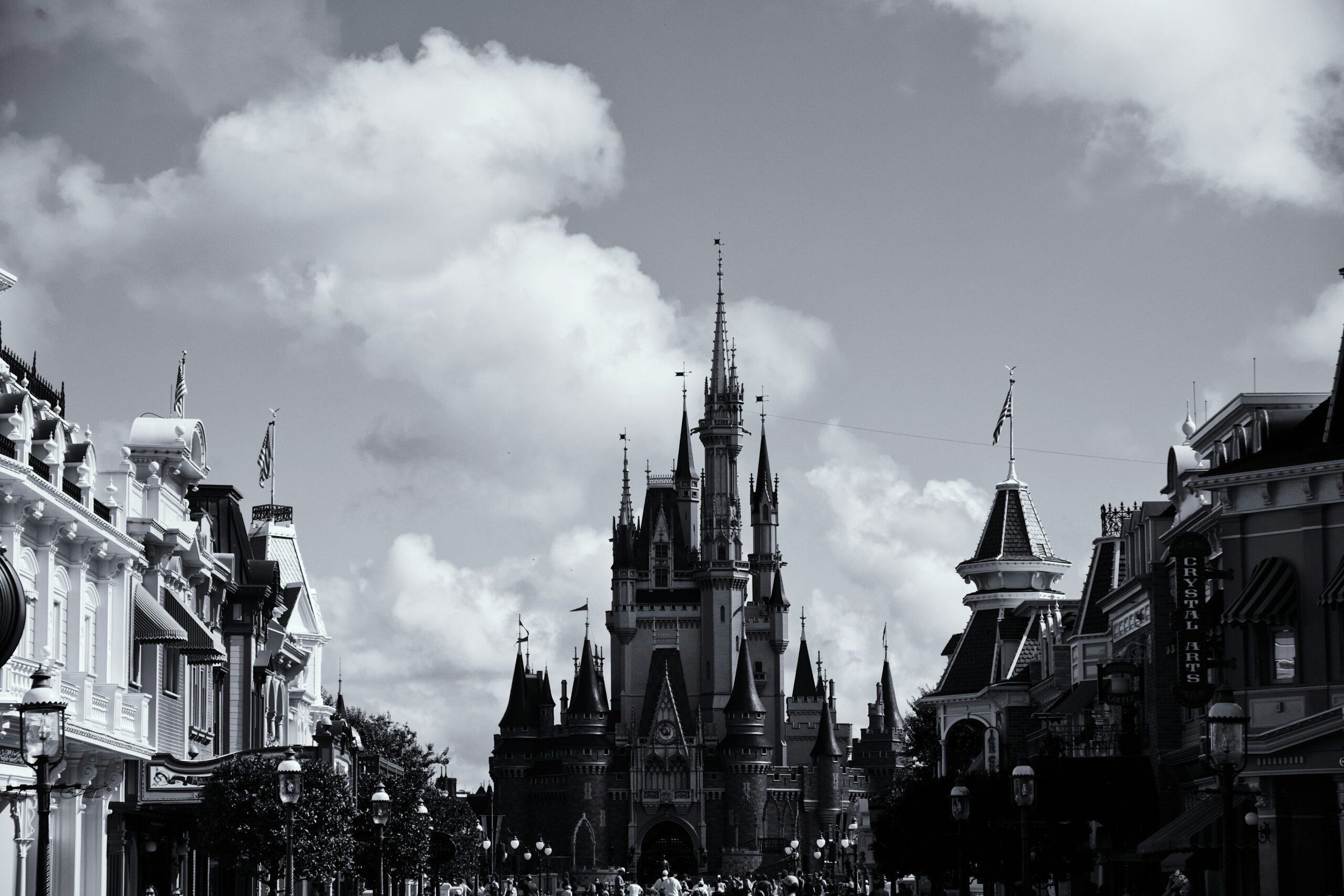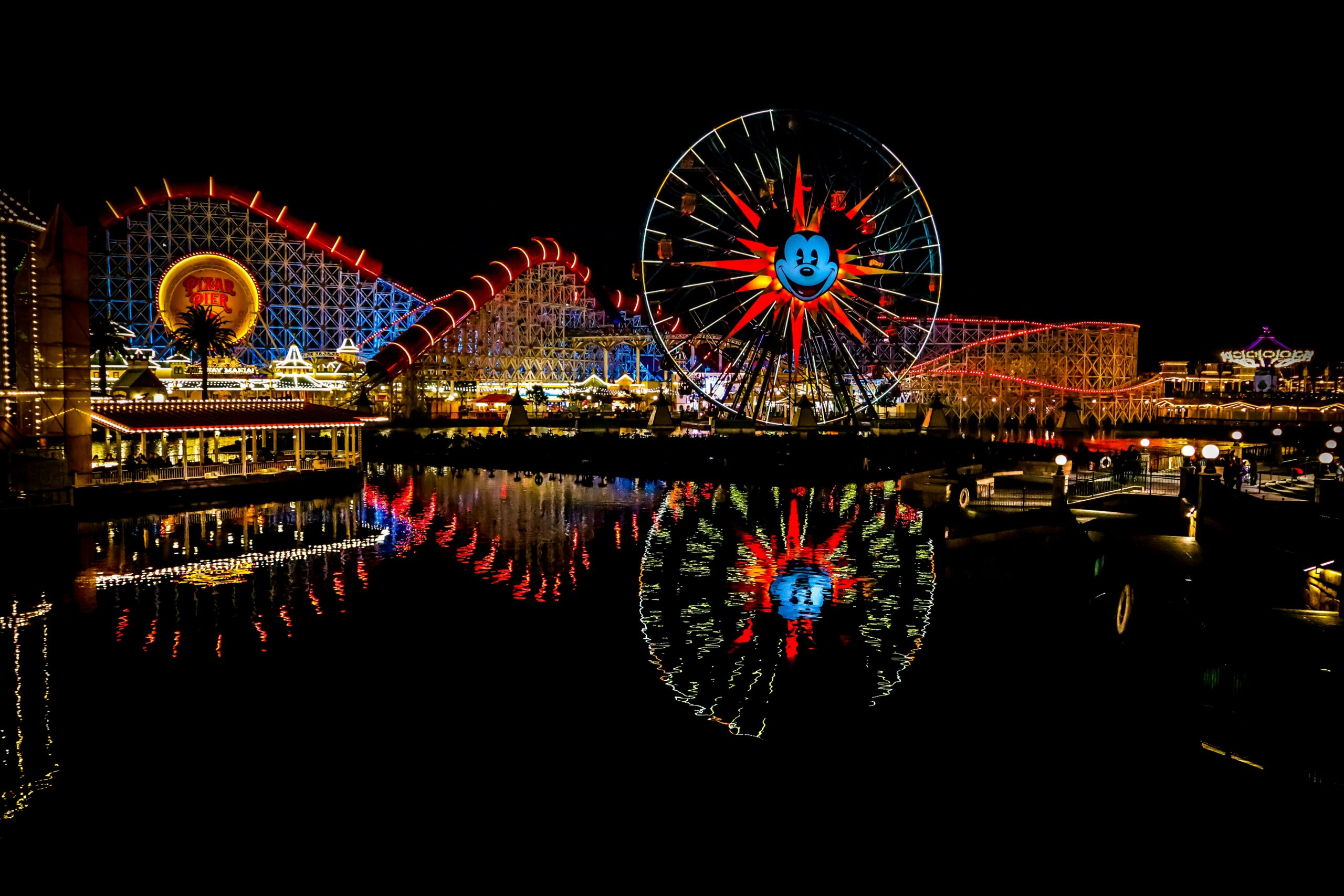When you step into any Disney park, you’re not just entering a theme park—you’re stepping into a living, breathing world of imagination, creativity, and storytelling. Behind every beloved ride and attraction lies years of innovation, artistry, and sometimes even a bit of magic. For Disney fans and curious minds alike, understanding the stories behind these attractions offers a richer appreciation of what makes them truly timeless.
In this article, we’re peeling back the curtain to explore the fascinating behind-the-scenes history of some of Disney’s most iconic attractions. From the origins of classic dark rides to the technological breakthroughs that revolutionized theme park entertainment, we’ll take a journey through the creative minds and pioneering efforts that brought these dreams to life. Whether you’re a seasoned Disney veteran or planning your first visit, these stories will deepen your connection to the magic.
The Birth of Disneyland and the Vision of Walt Disney
Before we dive into specific attractions, it’s essential to understand the foundation upon which Disney’s theme parks were built. Walt Disney didn’t just want to create amusement parks; he wanted to craft immersive storytelling environments where families could experience the magic of his films and characters firsthand.
The opening of Disneyland in 1955 marked a pivotal moment in theme park history. Walt’s vision was revolutionary: a park where guests could step inside stories, not just watch them on screens. The attractions were designed with storytelling at their core, using new technologies and design principles that had never been attempted on such a scale.
One of the greatest innovations Walt championed was the concept of “imagineering”—the blend of imagination and engineering. This philosophy pushed creative boundaries and set the stage for many iconic attractions that followed, each designed to deliver a unique emotional experience.
The Haunted Mansion: Spooky Innovation Meets Whimsical Storytelling
The Haunted Mansion is often cited as one of Disney’s most beloved and iconic dark rides, but its journey to completion was anything but straightforward. The attraction was initially planned to open with Disneyland in 1955 but went through numerous redesigns and delays before finally debuting in 1969.
Walt Disney himself was deeply involved in the concept, inspired by his love of ghost stories and the macabre, but with a desire to keep the tone fun and family-friendly. The challenge was blending eerie elements with humor and charm—a balance the Imagineers achieved through clever effects and storytelling.
One of the key breakthroughs was the development of “Pepper’s Ghost,” a 19th-century optical illusion technique that creates ghostly apparitions on stage. Disney’s engineers refined this method to create some of the ride’s most memorable spooky scenes. Combined with audio-animatronics—robotic figures that moved and spoke—the Haunted Mansion set new standards for immersive storytelling. Its distinctive exterior, detailed interior scenes, and catchy “Grim Grinning Ghosts” song all stem from the creative collaboration of artists and engineers pushing the limits of their craft.
Space Mountain: Pioneering the Future of Thrill Rides

Space Mountain stands as an icon of futuristic adventure and thrill, and its origins reflect Disney’s foresight into technology’s role in guest experiences. Opened at Magic Kingdom in 1975 (with earlier versions debuting in other parks), Space Mountain was the first indoor roller coaster of its kind—combining darkness, high-speed turns, and a space theme all under one massive dome.
The attraction required cutting-edge ride engineering and innovative show lighting to simulate a journey through the cosmos. Designers faced the unique challenge of making guests feel like they were rocketing through space without actually leaving the ground. The darkness masked the track, while synchronized sound effects and starry projections heightened the sensation of speed and mystery.
Space Mountain’s development also marked a shift toward more immersive ride environments, blending thrills with themed storytelling. This approach influenced many future attractions and exemplified Disney’s commitment to technological experimentation paired with narrative.
It’s a Small World: The Cultural and Artistic Collaboration Behind a Global Message
Few Disney attractions have such a widespread cultural impact as It’s a Small World. Created originally for the 1964-65 New York World’s Fair, this attraction was designed by Disney to promote global unity and peace through a cheerful musical journey across continents.
The concept was spearheaded by Disney artist Mary Blair, whose vibrant color palette and whimsical design style shaped the attraction’s unique aesthetic. Her watercolors brought a distinct, joyful artistry that continues to charm millions of visitors.
But the ride’s creation wasn’t just an artistic endeavor—it was a massive logistical project involving skilled craftsmen, animators, and engineers. The iconic dolls and sets had to represent diverse cultures respectfully, and the catchy anthem by the Sherman Brothers was composed to be instantly memorable and heartwarming.
It’s a Small World has traveled and evolved over the decades but remains a testament to Disney’s ability to blend creativity and message into an experience that resonates universally.
The Jungle Cruise: From Simple Boat Ride to Interactive Adventure
The Jungle Cruise started as a straightforward boat ride through animatronic scenes of exotic wildlife but quickly became one of Disney’s most interactive and beloved attractions. Walt Disney envisioned it as a journey filled with humor and adventure, with the skippers playing a vital role in entertaining guests with improvised jokes and puns.
Behind the scenes, the Imagineers had to develop realistic animal animatronics and detailed jungle environments to bring the ride to life. This meant pioneering new audio-animatronic technologies to simulate lifelike movements, from the crocodiles snapping their jaws to elephants spraying water.
The evolving script and on-board storytelling helped keep the ride fresh and engaging. The skill and personality of each Jungle Cruise skipper became a key part of the attraction’s identity, blending scripted scenes with spontaneous humor. This collaborative dynamic between technology and human performance set the Jungle Cruise apart as a uniquely personal Disney experience.
Conclusion: The Ever-Evolving Magic of Disney Attractions
Looking behind the scenes of Disney’s most iconic attractions reveals a rich tapestry of creativity, technology, and storytelling that continues to evolve today. Each ride represents countless hours of imagination, technical innovation, and dedication to guest experience. From Walt Disney’s original vision to the ongoing efforts of Imagineers worldwide, these attractions are more than just rides—they’re immersive stories woven with heart and ingenuity.
Next time you queue up for your favorite Disney attraction, take a moment to appreciate the decades of work and dreams that made it possible. Behind every curve of the track, every flicker of light, and every character’s smile, there’s a fascinating history waiting to be discovered—and that’s part of the true magic of Disney.









Comments (0)